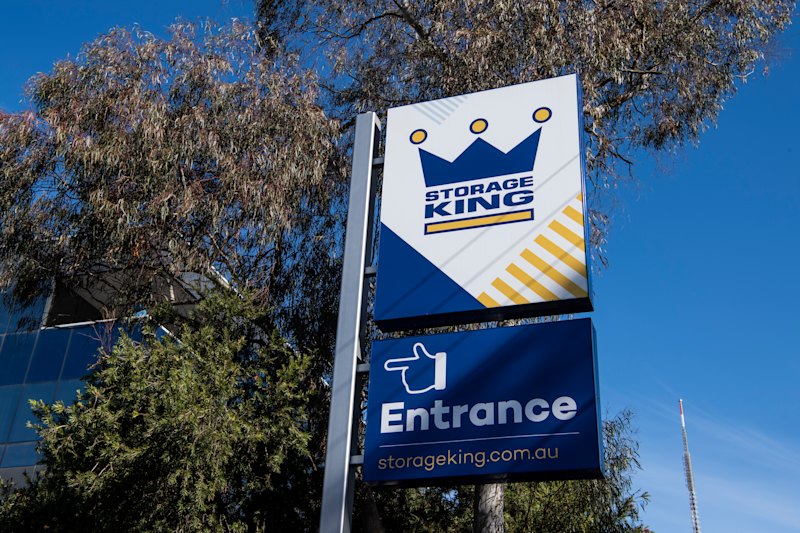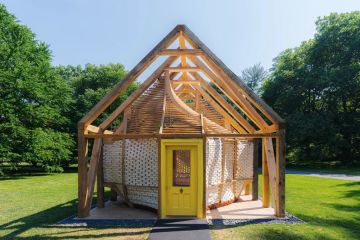Escape to the Country: Bungendore, an improbable place of sausage dogs, escargot and quality belts
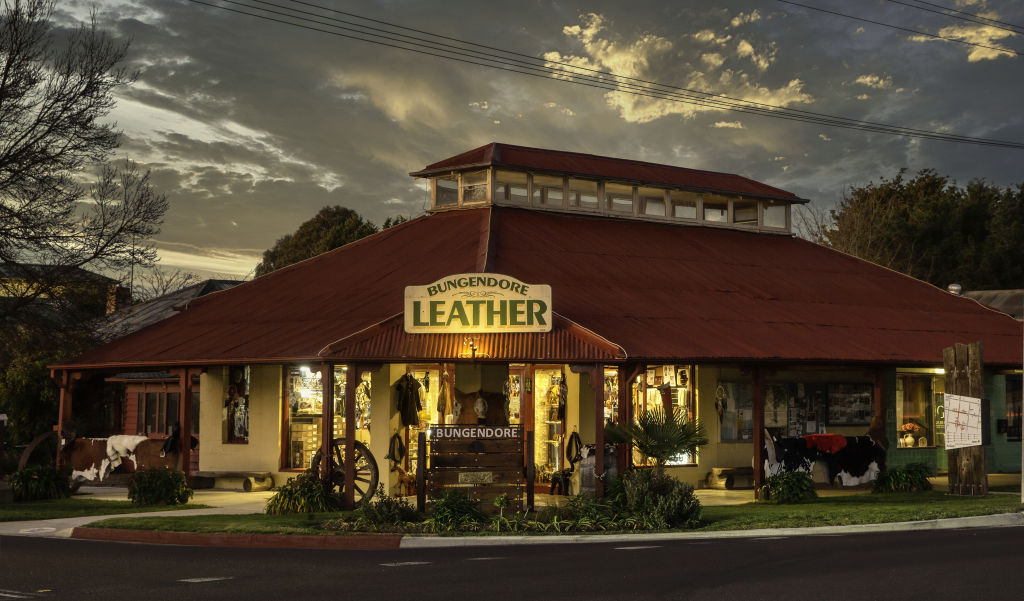
From convict compound to wind farm capital of Australia, there’s a lot you probably don’t know about Bungendore or Bung, as the locals call it.
For instance, in 2017 it set the world record for the highest number of dachshunds in one place when the Bungendore Show hosted the Werriwa Weiner Dash.
Rock ‘n’ roll royalty Mick Jagger stayed at the Bungendore Motel in 1969 while filming Ned Kelly and reportedly wrote the hit Brown Sugar while staying in the region.
Bungendore was one of several towns proposed to be the nation’s capital back in 1901. Although it wasn’t to be, Bungendore managed to nab the title of Australia’s rabbit trapping capital when its industry became so big it had to set up a rabbit freezing plant in 1909.
And going back even further in time, some of Bungendore’s earliest settlers were famous Irish rebels who had led guerrilla uprisings against British laws in the late 1770s before coming to Australia.
The town lies in the traditional lands of the Ngarigo Aboriginal people.
Today the regional town is home to more than 4000, many of whom commute the 30-minute drive to and from nearby Canberra. Its central position puts Bung at an easy distance to a rich choice of destinations – 1.5 hours to coastal beauties like Bateman’s Bay and less than half an hour to Lake George, one of the largest inland freshwater lakes in Australia.
Although it’s more than a day-tripping town, Bungendore has plenty to offer those making a quick stop by including a French restaurant loved for its truffle degustations and a bakery renowned for its delish sausage rolls and pies.
Population: 4178 as of the 2016 census.
Who lives there?
Christophe Gregoire and his wife Josephine moved to Bungendore in 2007 when they shifted their French restaurant Le Tres Bon from Manuka in Canberra.
Serving classics such as escargots, duck confit and creme brulee, Gregoire’s French cuisine has helped put Bungendore on the culinary map.
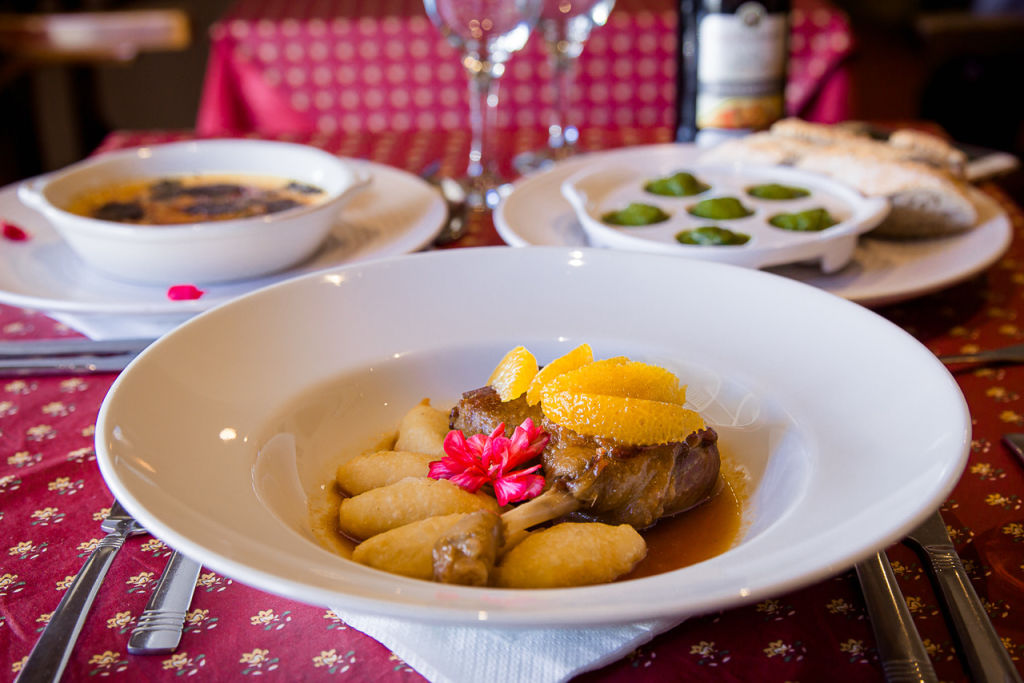
“We bring a lot of positive things to Bungendore,” he says.
“For example when we’re doing special events like truffle degustations, all the accommodation in Bungendore is full.”
Sourcing produce from local farmers across the Southern Tablelands has helped Gregoire feel right at home.
“Everybody asks me ‘What are you doing here in Bungendore?’, but I actually come from a village much smaller from Bungendore,” Gregoire said.
“I just like this feeling of small villages and how they work together. We know each other and we work together so we buy vegetables from one farm, eggs from another.
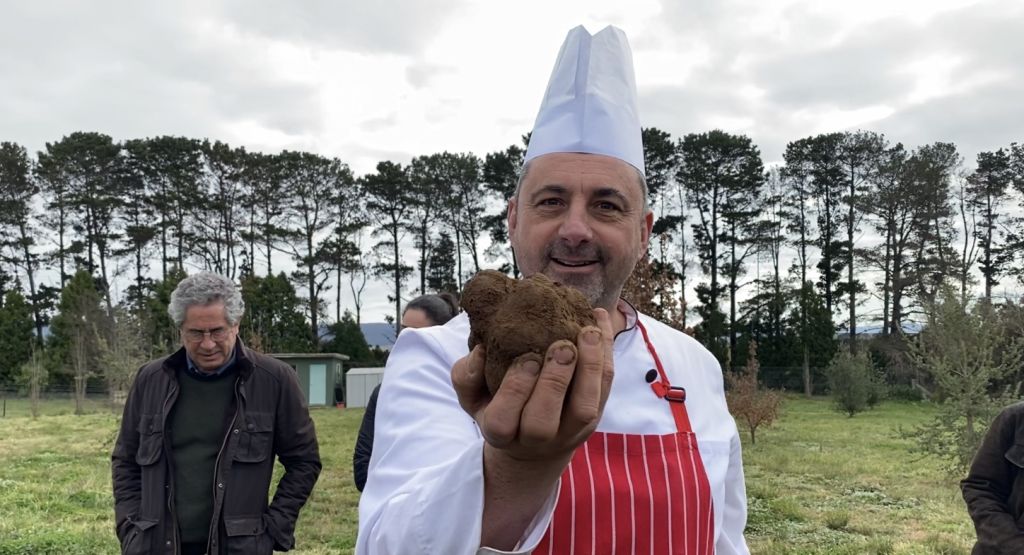
“There are a lot of happy people here, they are very friendly and very open to our culture.”
Foodies are well catered for in Bungendore with a farmers’ market on every Saturday, and the 1950s-themed Gunna Doo Bakery, which does a roaring trade in pies and sausage rolls.
The town is also home to two hotels, The Royal Hotel and the Lake George Hotel – both on Gibraltar Street. These old dames are two of the town’s oldest residents with The Royal dating back to 1882 and the Lake George built in 1838.
What happens there?
When the COVID-19 pandemic isn’t spoiling the fun, Bungendore’s calendar is highlighted by major country events in the spring and summer months: the Bungendore and District Car, Bike and Truck Show in September, the Bungendore Rodeo in November and the Bungendore Show in October.
The Bungendore Country Music Muster is still scheduled to go ahead in February.
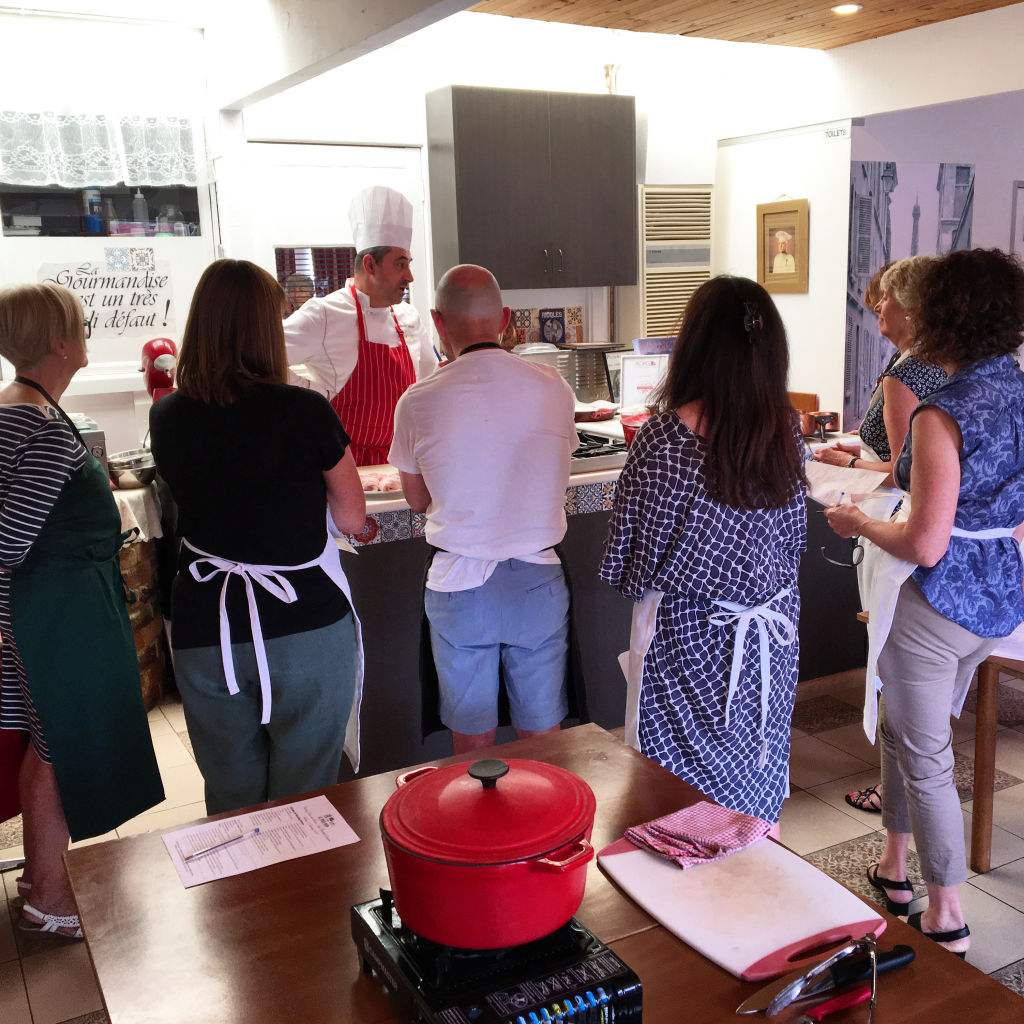
Hundreds turn out for these events, which draw people from Canberra, Queanbeyan and the Sapphire Coast.
But it’s Bungendore’s history that pulls in a steady stream of tourists all year round.
History is inescapable in Bungendore and many people stop in town just for a look-see at the buildings preserved from yesteryear.
Even some of the elm trees are more than 100 years old and these can be found near the St Philip’s Anglican Church, which was built in 1864. Plenty of other 1800s buildings – the School of Arts building, the post office, and the railway station – are still in use today.
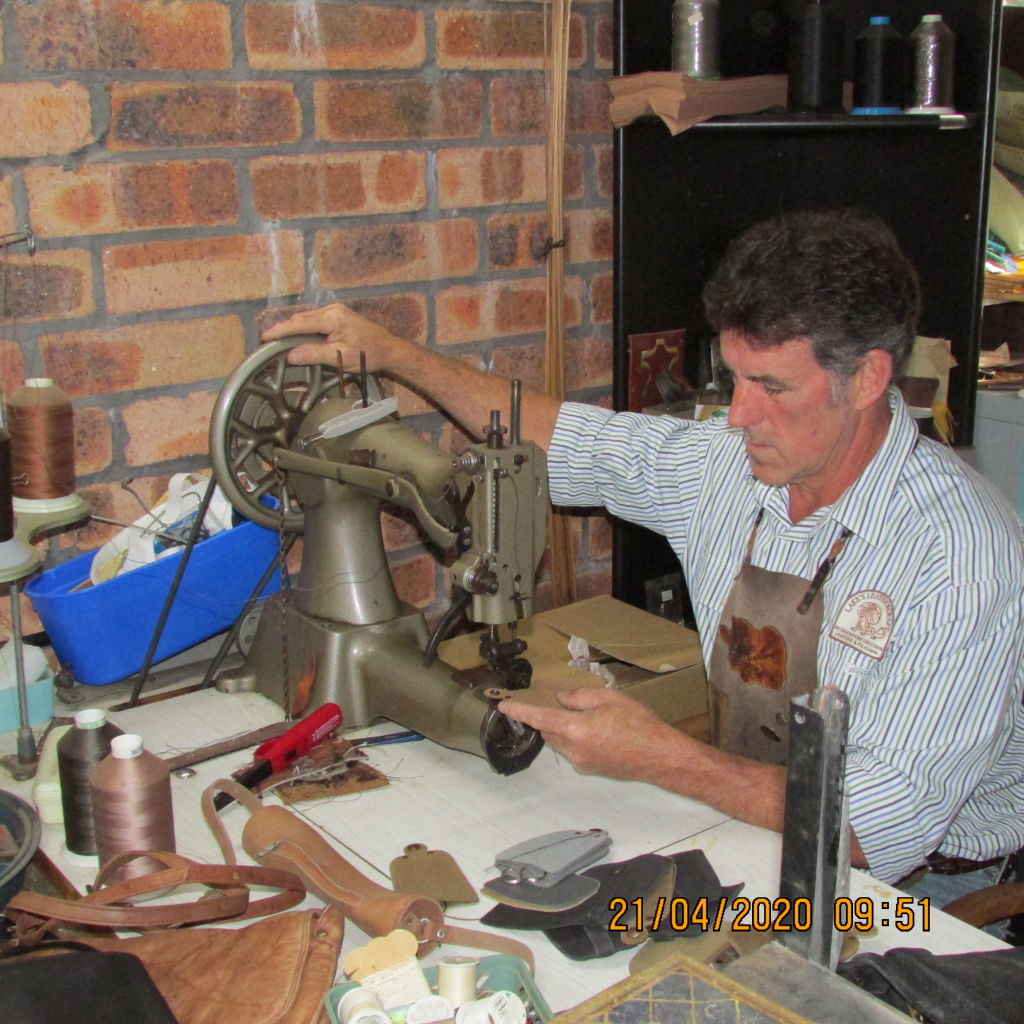
But tourists don’t just stop for the relics. They like to amble through the shops, including Bungendore Village Leather.
With a distinct country feel about it – the store has an old horse cart near its front door – tourists enjoy buying the real thing.
“It’s a very interesting shop and everyone who comes in says ‘Wow’,” says owner Brian Lake.
“The first thing is the smell and the second is how much there is to look at.
“They’re after souvenirs, good quality belts. I get so many people who come in and leave their cheap belts behind and get new ones.”
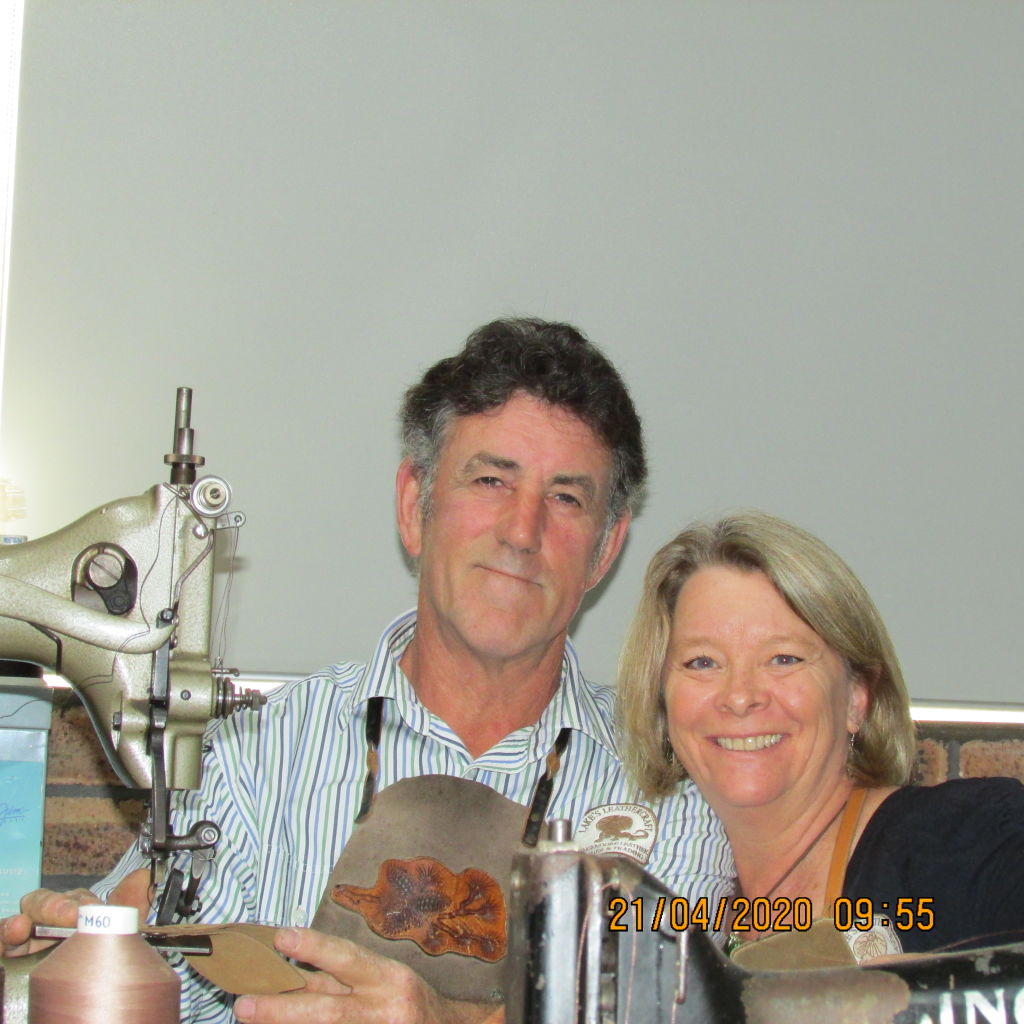
With their store in its 27th year at Bungendore, the Lake family has been trading in leathercraft since opening their first store in Mosman in 1969.
The Bungendore Wood Works Gallery is another tourists’ delight. Since opening in 1977, it has showcased a range of commercial art, craft and design.
What’s life like?
Bungendore is frequently described as a vibrant and thriving town, and this is owing to its healthy tourism trade and stable local economy.
Expansion in the form of new residential subdivisions is boosting the population and providing more jobs. Keeping a balance between new and old industries, the Queanbeyan-Palerang Regional Council has moved to protect agricultural land around Bungendore.
In the Bungendore Land Use and Structure Plan, the council point to local farmlands as a source of “identity and sense of place” and state that rural industries and agricultural landscapes must be protected.
And it’s no wonder why. Locals enjoy picturesque scenery, whether it’s from the Canberra to Bungendore steam train as it climbs through the Molonglo Gorge or driving over the gap from Queanbeyan as you drop down into Bungendore and spy all 67 turbines that make up the Capital Wind Farm.
What jobs are there?
Greg Nye has lived in Bungendore for almost 40 years and while he dislikes being called the mayor of the town, you can see why some may jokingly think he has earned the title.
Nye owns a collection of buildings around the town, including the Bungendore Motel where he works.
“Instead of having superannuation I decided to invest in wrecked buildings and restore them,” he said.
“After a lifetime of that, I’m 72 and just about to retire, the buildings I’ve restored have about 52 people working in them, so it’s been very productive. If I’d put it into the stock market or a superannuation fund from the government, I’d be laughing.
“But I’ve really enjoyed what I’ve done.”
Census data from 2016 shows the vast majority of Bungendore residents work for either the state or federal government. Central government administration employs 11.2 per cent of the local population, followed by 8.6 per cent in defence and 2.4 per cent in state government administration.
Why should you move there?
Deciding to move to Bungendore doesn’t eliminate your choice of locations. It’s just 27 kilometres north-east of Queanbeyan, 40 kilometres from Canberra and a 275-kilometre drive up the Hume Highway to Sydney.
It’s home to a warm community that’s not too small or too big and that still embraces a country way of life.
We recommend
We thought you might like
States
Capital Cities
Capital Cities - Rentals
Popular Areas
Allhomes
More



